#plantfacts
Photo
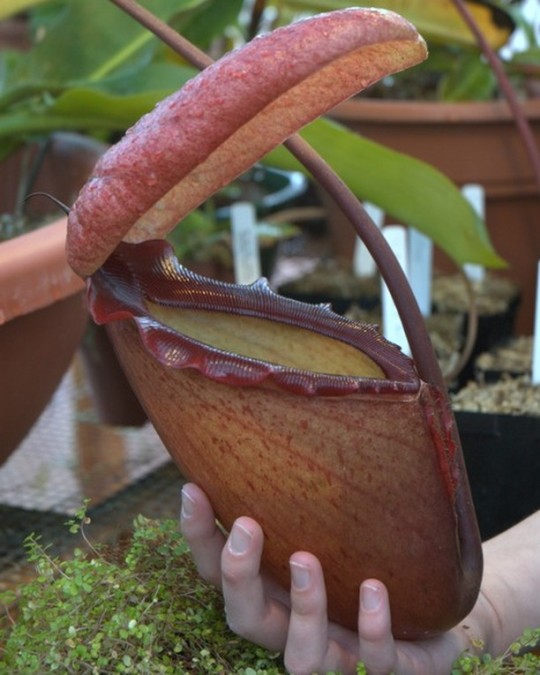
Like other carnivorous plants, the pitcher plant (Nepenthes rajah) traps insects for a meal. But what sets this species apart from the more famous Venus flytrap? It also occasionally snares vertebrates, including small mammals and lizards! Its sizable pitcher, a modified leaf, can contain up to 1 liter (33.8 ounces) of fluid, which is often enough to drown small critters that happen to fall in. Powerful digestive acids are then released to help the plant break down and absorb its prey. Insects are attracted to the pitcher plant because of its scent, while small animals such as shrews or geckos may mistakenly seek a drink or shelter in the pitcher. Photo: JeremiahsCPs, CC BY-NC-ND 2.0, Wikimedia Commons #PlantFacts #nature #plants #PitcherPlant #dyk #CarnivorousPlants https://www.instagram.com/p/Ch8WAO_rBP7/?igshid=NGJjMDIxMWI=
612 notes
·
View notes
Text

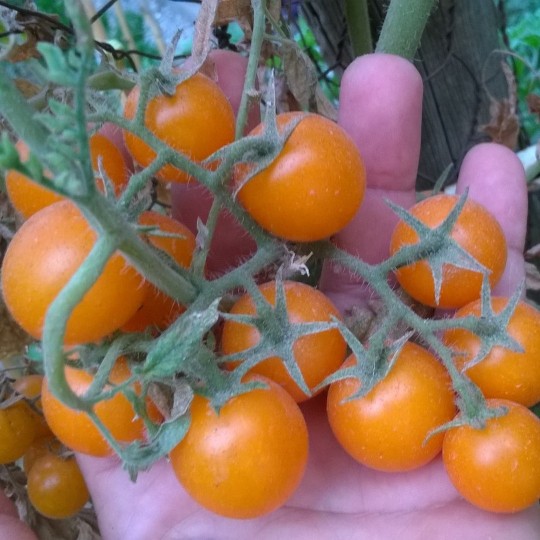
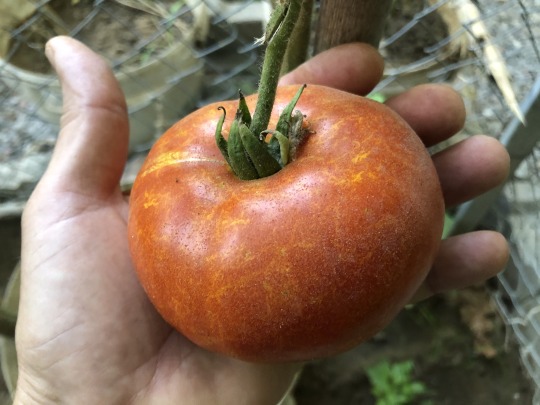
Is a tomato a fruit or a vegetable?
This a a short history of the tomato, from its origins to the present days!
https://chokrihomeandgarden.blogspot.com/2017/11/history-of-tomatoes.html
17 notes
·
View notes
Photo

All about Snake plant Easy to care plants -1 Follow @mydreamearth for more gardening information. #gardening #gardenofinstagram #snakeplant #plantfacts #instagrampost #tipsforbeginners #care #caution #growth #plantsofinstagram #plantcare #snakeplants #snakeplantofinstagram #dreamearth (at Chennai, India) https://www.instagram.com/p/CopOEKAMctP/?igshid=NGJjMDIxMWI=
#gardening#gardenofinstagram#snakeplant#plantfacts#instagrampost#tipsforbeginners#care#caution#growth#plantsofinstagram#plantcare#snakeplants#snakeplantofinstagram#dreamearth
0 notes
Photo

Harvested a little bit of chives from the garden for dinner. Fun Fact Friday: Did you know you can actually eat the flowers that blossom on chive plants? Depending on what kind of chive plant you have the flowers can either taste like onions or garlic with a light or strong flavor. 🧅 🌸 🍽 👩🍳 #funfactfriday #funfact #chives #chivefacts #plantfact #edibleflowers #gardenfacts #plantfacts #foodfacts #harvest #chiveharvest #smallharvest #chiveflowers #fromgardentotable #growyourownfood #gardeninginspiration #backyardgardening #organicgardening #homegrown #growingfood #plantstagram #gardenlife #iloveplants #gardening #garden #gardenblogger #gardener #homegrown #backyardgardening #instagardener #plantcommunity #growyourownfood #happygardenlife https://www.instagram.com/p/CfLo8LKKG7X/?igshid=NGJjMDIxMWI=
#funfactfriday#funfact#chives#chivefacts#plantfact#edibleflowers#gardenfacts#plantfacts#foodfacts#harvest#chiveharvest#smallharvest#chiveflowers#fromgardentotable#growyourownfood#gardeninginspiration#backyardgardening#organicgardening#homegrown#growingfood#plantstagram#gardenlife#iloveplants#gardening#garden#gardenblogger#gardener#instagardener#plantcommunity#happygardenlife
0 notes
Text
Daily plantfact but its humans are space orcs, the venus flytrap and other carnivorous plants scare predatorish (animal like) extraterrestrials because of the wild jungles of their homeworld and humans hold the small plants "captive" so they're now struck by curiosity.
"So as you can see, this small thing wouldn't be able to hurt you unless you stuck your finger in their pot for at least 16 hours."
"But that'z Greiko'z pot! That thing'z vinez grab onto fiercezt warrierz and swallow them whole!"
"Oh bother, next thing you tell me, there's a big clawed traplike plant in your home planet too."
"The Warender?!"
"Sigh. C'mere, I'll show you the Venus Flytraps."
#humans are space orcs#humans are space oddities#humans are space fae#humans are deathworlders#humans are space australians#humans are weird
586 notes
·
View notes
Text

Happy St. Patrick's Day!
The model organism I used during my PhD project with Professor Colin Turnbull at Imperial College London was the clover-like plant Medicago truncatula.
The symbol of St. Patrick's Day, an Irish Shamrock, is a stylised depiction of a clover, one of the plant species in the genus Trifolium.
Both Medicago truncatula and clover belong to the same plant family, Fabaceae. Both shamrocks and Medicago have leaves composed of three leaflets. This is known botanically as a "trifoliate" leaf, although genetic variation can produce four leaflets instead of the usual three in both clover and Medicago.
I hope you and yours have a jolly St. Patrick's Day!
#katia_plantscientist #stpatricksday2024 #stpattysday #stpatricksday #ireland #shamrock #clover #Medicago #plants #PlantAnatomy #morphology #leaves #leaf #green #plantfacts #botany #PlantBiology #science #medicagotruncatula
#katia plant scientist#botany#plant biology#plants#plant science#clover leaf#medicago#medicago truncatula#fabaceae#legumes#leaf#leaves#plantblr#plant#ireland#st patricks day#st paddys day#st pattys day#saint patricks day#model organism#trifoliate#trefoil#shamrock#clovers#leaflet#green
6 notes
·
View notes
Note
:)
Hello, Sal (if I can nickname you that, since we're mutuals). You have a nice smile um... Very ominous though.
Edit: Pffhaha- It’s okay, it’s alright. @salandersan

—
Anemone: Favorite flower?
My favourite flower is the genus Datura. It’s from the nightshade family Solanaceae. Moonflower, devil’s weed, and hell’s bells, no matter what you call it is undoubtedly gorgeous.

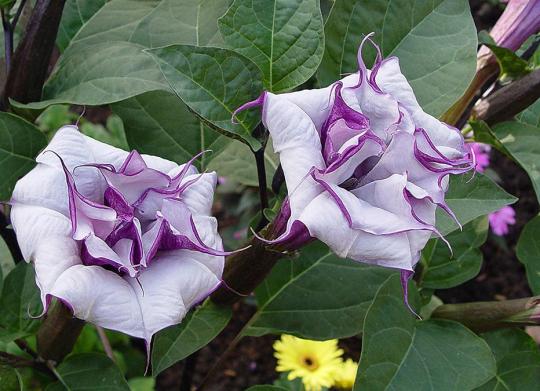
But I’ll tell you a secret…. The real reason I like them…
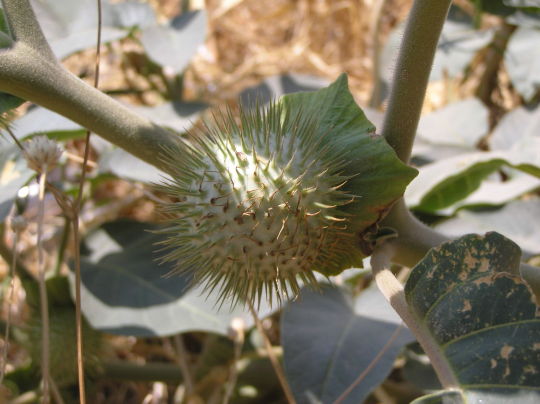
Are these.
Seed pods. And the scopolamine and atropine inside.
“Mad as a hatter, red as a beet, hot as a hare, dry as a bone, the bowel and bladder lose their tone, and the heart runs alone"
Datura, while no doubt poisonous, has been used by indigenous groups, with a great deal of experience with and detailed knowledge of the plant, spiritually (including the Navajo and especially the Havasupai). It gives you an intense bodily discomfort, the feeling that your bladder will never be empty enough, red faced and horridly thirsty. But the trips. The trips.
One of the most beautiful, terrifying, heart-wrenchingly horrific and spiritual experiences a person can have when done by professionals from the tribes. It was most often used to commune with deities and spirits of the land. Often ego death would be experienced by people while high. My ultimate dream is to travel to visit one of the tribes that still practices use, and undergo a supervised trip…
All that being said, DO NOT ATTEMPT TO INJEST OR SMOKE THE SEEDS YOURSELF. YOU DO NOT HAVE THE EXPERIENCE. YOU DO NOT HAVE THE KNOWLEDGE. YOU WILL POISON YOURSELF AND HAVE A BAD TRIP. DO NOT SMOKE, DRINK, SNORT, OR IN ANY WAY INJEST IT WITHOUT PROFESSIONAL SUPERVISION FROM THE TRIBES THAT PRACTICE DATURA USE.
It can be life-changing, but it is a poison. It can harm you horribly. Be safe.
23 notes
·
View notes
Photo
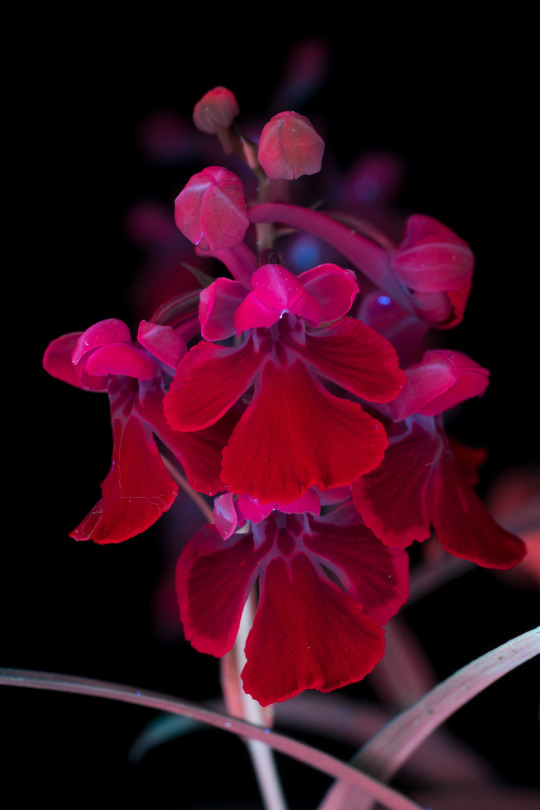
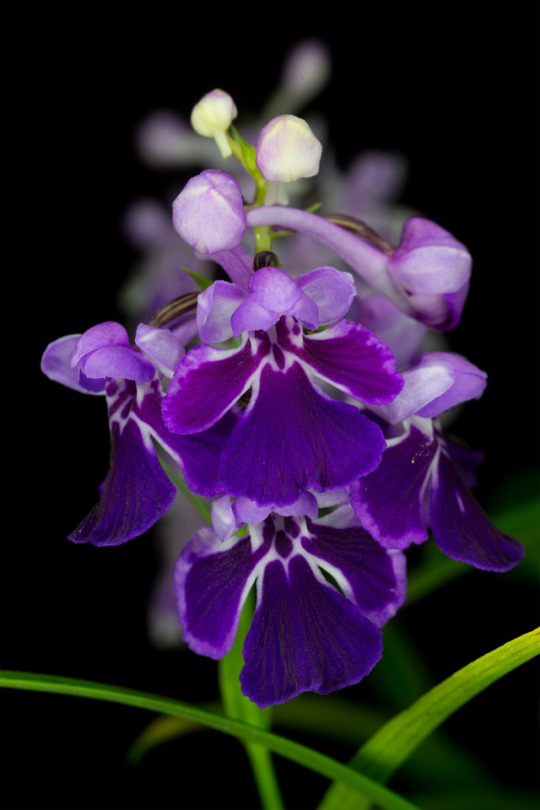
Here’s another very different cultivar of Ponerorchis graminifolia.
These are neat because you can tell how the different pigments respond differently to my long-wave ultraviolet light.
Ponerorchis grow out of little underground bulbs which look kinda like fuzzy fingerling potatoes. The original bulb ends up withered, but by that time each one should grow at least 2 new bulbs waiting their turn to grow when the warm seasons come back around.
#ponerorchis#orchid#plantfacts#cultivar#beautiful#flowers#flower#orchidaceae#nature#garden#botany#pretty#uvivf#fluorescent#neon#fantastic#photo#photograph#photography
115 notes
·
View notes
Photo
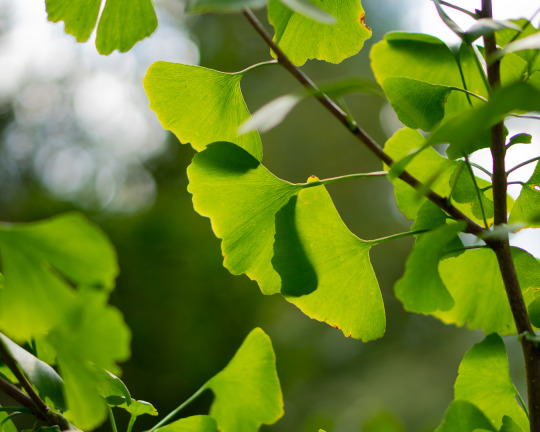
G I N K O
The Ginko Bilboa tree is the last living species of its genus. Its leaves have a fan like shape to them which turns a golden yellow in the fall. You can see the process beginning on a few of the leaves in this shot.
Follow my instagram for more content
https://www.instagram.com/mingo.photography/
#nature#naturephoto#naturephotography#nature_see#bokeh#plant#plants#garden#gardens#plantfacts#gainesville#flower_daily#flower_igers#plantsmakepeoplehappy#nature_seekers#nature_of_our_world#plantgarden#plantaddict#flores#aesthetic#flowers_nirvana
1 note
·
View note
Photo

Monkshood or Aconitum carmichaelii loves the cool nights of fall. This beauty is also sometimes called wolfsbane because all parts of the plant are extremely poisonous and it was once used to poison arrows to kill wolves. When working with this plant take extra caution to wear gloves and avoid all skin contact with the plants’s juices. #plantfacts #plants #wolfsbane (at Lewis Ginter Botanical Garden) https://www.instagram.com/p/Bpj3SlxjF5W/?utm_source=ig_tumblr_share&igshid=13wg6oi1i1v0y
13 notes
·
View notes
Photo
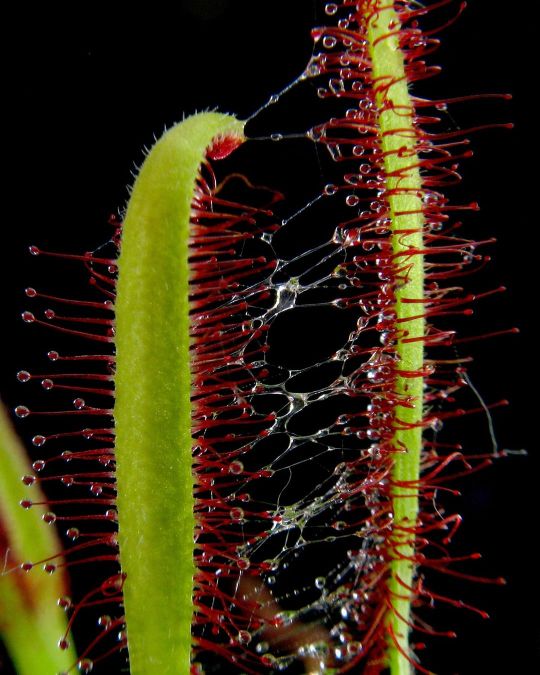
The Cape sundew (Drosera capensis) is a carnivorous plant that’s well-equipped to catch flies.🪰 Its leaves are lined with tentacles that are covered in a clear glue-like liquid that helps it to entrap and digest prey. It can also curl up its leaves to put insects into even more of a bind. The Cape sundew is found in marshes in the southwestern tip of Africa. Photo: Boaz Ng, CC BY-NC 2.0, flickr #PlantFacts #plants #nature #DYK #CarnivorousPlants #CapeSundew #FunFacts https://www.instagram.com/p/CdZcbMGr3zf/?igshid=NGJjMDIxMWI=
377 notes
·
View notes
Text

The world of Lemon Verbena tea is a tapestry of flavor, wellness, and pure indulgence. Whether you're a seasoned tea enthusiast or a curious newcomer, dive into the citrus symphony and let each sip unravel the magic within.🌟☕️💛 Don't forget to share your Lemon Verbena adventures, and let's cultivate a community of herbal delight! 🌿✨
READ MORE: Unveiling the Citrus Symphony: A Deep Dive into the Marvels of Lemon Verbena Tea
#healthy#healthylifestyle#aromatic#aromaticplants#plant#plantbased#tea#teatime#culinary#relaxingtime#relaxingtea#wellbeing#wellness#plantpowered#plantpower#fact#facts#plantfacts#plantfact#healing#healingplants#healingplant
3 notes
·
View notes
Text
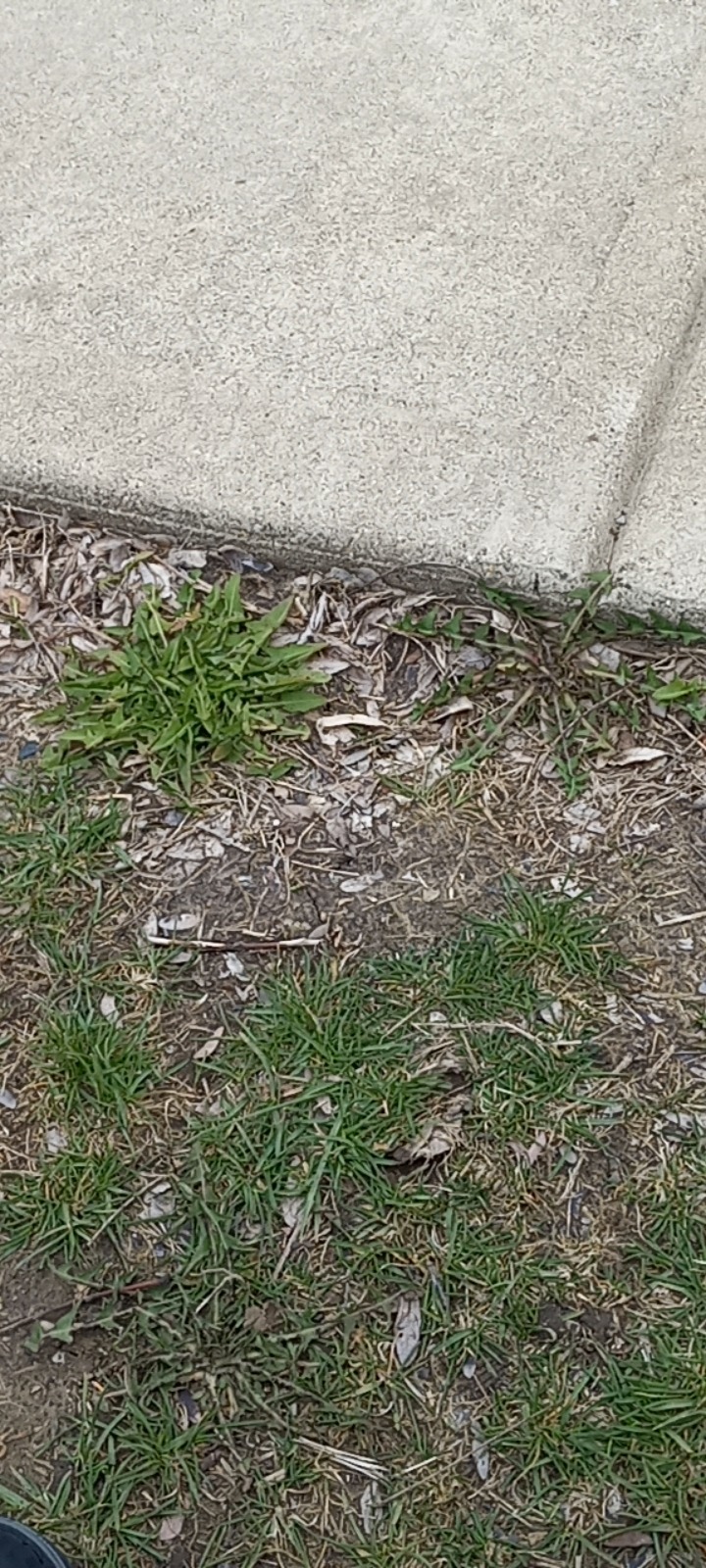
I'm glad to see the dandelions back. It's been awhile.
I know I'm not supposed to like them, being as they're an invasive species and all, but they're so beautiful and interesting. And, yes, I know that they won't bloom for months, but even their leaves with their pink-tinged veins and pointed, jagged, arrowheads peeking out beside the sidewalk now after all the months of cold and snow hiding them away makes me excited.
Spring is almost here, and they're always one of the first signs.
Not to mention that it was never the fault of the dandelion that it became a weed. They were brought here. People grew them to make wine. You can even cook and brew their roots to make a coffee-like drink. Bioengineers have talked about genetically modifying them to produce caffeine, so that humanity can use them after climate change has destroyed our ability to grow coffee beans.
In the great depression, people used their greens to make hearty salads; they were nutritious and free for the taking in lawns across America.
And when they bloom!!! Wow! Amazing! Such a beautiful bright yellow and all the bees love them. And if you look close enough to see the curled anthers that look like butterfly antenna, you'll just be blown away. And then they go to seed, with their white silken bristles that ride on the wind like Mary-Poppins style parasols. They carry new life and often wishes away with them on a breeze.
Dandelions are magical. Yet, we fight them with chemicals harsher to the earth than their invasive presence ever was. In conclusion, plant native lawns instead of grass, don't spray when you can pluck it up and use it, and respect the absurdly powerful and persistent nature of the dandelion.
0 notes
Text
Watch "60 Interesting and Amazing facts about apples |Apple Facts|" on YouTube
youtube
Hey apple lover, Check out these incredible apple facts.
#apples#applefacts#Interestingfacts#healthfacts#amazingfacts#factsaboutapples#facts#fruitfacts#historicalfacts#funfacts#sciencefacts#surprisingfacts#healthbenefits#applemyths#foodfacts#plantfacts#Youtube
0 notes
Text
Daily plantfact but its haso
Aliens discover that humans eat cleaning agents, but instead of detergent or wavepods, its just cilantro, salt, any edible thing that was used to clean stuff, is considered as cleaning agents in the alien's sight.
Most of the plants we humans eat have some sort of soapmaking chemical, and those plants are very in our tastebuds more often than not.
#humans are space orcs#humans are space oddities#humans are space fae#humans are space australians#humans are deathworlders#humans are weird#wavepods because i dont want a lawsuit from tide
534 notes
·
View notes
Text

Seeds are miraculous little things if you ponder them... They contain the potential for a whole plant in a biological "time capsule". As gardeners in Europe and the Northern Hemisphere start planning their seed orders, it's a perfect time to learn more about germination. Germination is the term for an organism growing into a whole adult plant from a seed or a spore, and it is used scientifically to talk about fungi and bacteria as well as plants. A typical plant seed contains a plant embryo, food reserves, and a seed coat. Depending on the species, mature seeds can be stored for years since the plant embryo is in a dehydrated state of suspended animation.
In nature, germinating at the wrong time in unfavourable conditions could spell disaster for the new plant. Seeds rely on the signals from water, temperature, oxygen, and light.
Soaking seeds is an excellent way to start germination. The seed coat is gently scarified with sandpaper or a nail file to break the watertight seal and allow water to enter the seed interior. The seeds often double in size as their tissues soak up the water in a process called imbibition. Water activates hydrolytic enzymes which start the seed's biological metabolism.
Tree seeds from temperate climates usually need cold stratification to germinate. The seed is kept in soil at low temperatures around 4 C (like a fridge) for several months before returning to room temperature. This temperature change tells the seed winter has passed and spring has arrived. Simply leaving potted seeds in a cold frame overwinter is ideal in Europe.
Seeds along need oxygen since seedlings do aerobic respiration until they're mature enough to start photosynthesising. Hard packed or waterlogged soil may contain insufficient oxygen and stop seeds from sprouting. Many tree seeds need exposure to light through a thin layer of soil to let them know that there's a "clearing" in the forest.Most kitchen garden seeds do well with soaking and exposure to warm temperatures since they are originally tropical plants.
This plate of seeds was collected in January in Hyde Park, London.
#seeds#germination#seedstarting#PlantBiology#plantscience#seedstorage#stratification#TreeSeeds#katia_plantscientist#gardening#gardeningtips#plants#plantfacts#stratification#seedsaving#seedstartingtime#semillos#nuts#fruits#plantlife
#katia plant scientist#botany#plant biology#plants#plant science#seeds#seed starting#seed saving#stratification#seed collecting#plant#plant aesthetic#plant scientist#plantblr#plantcore#planting#gardening#tree seeds#gardening tips
6 notes
·
View notes